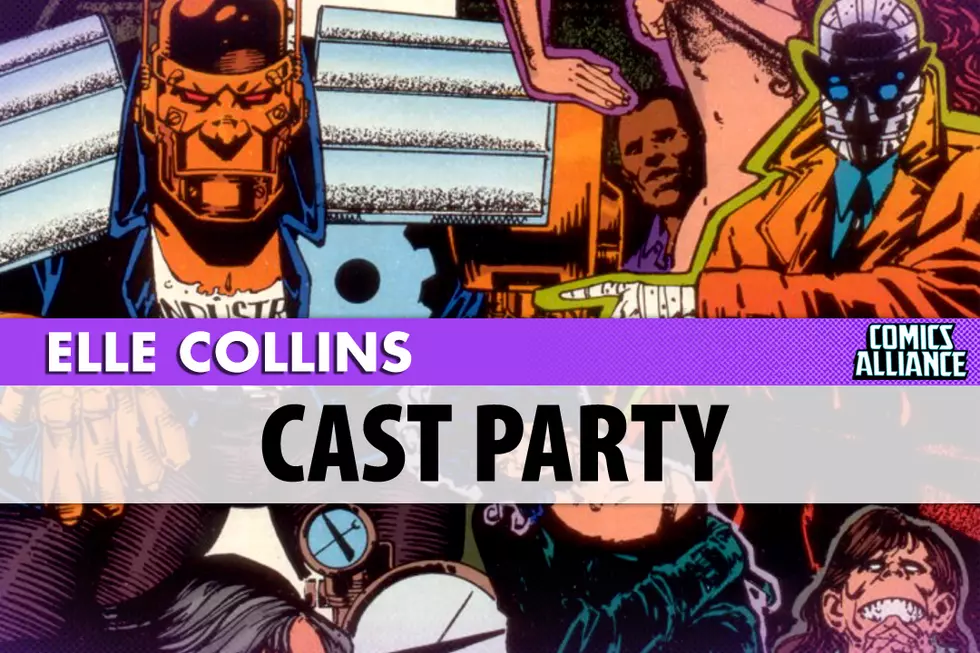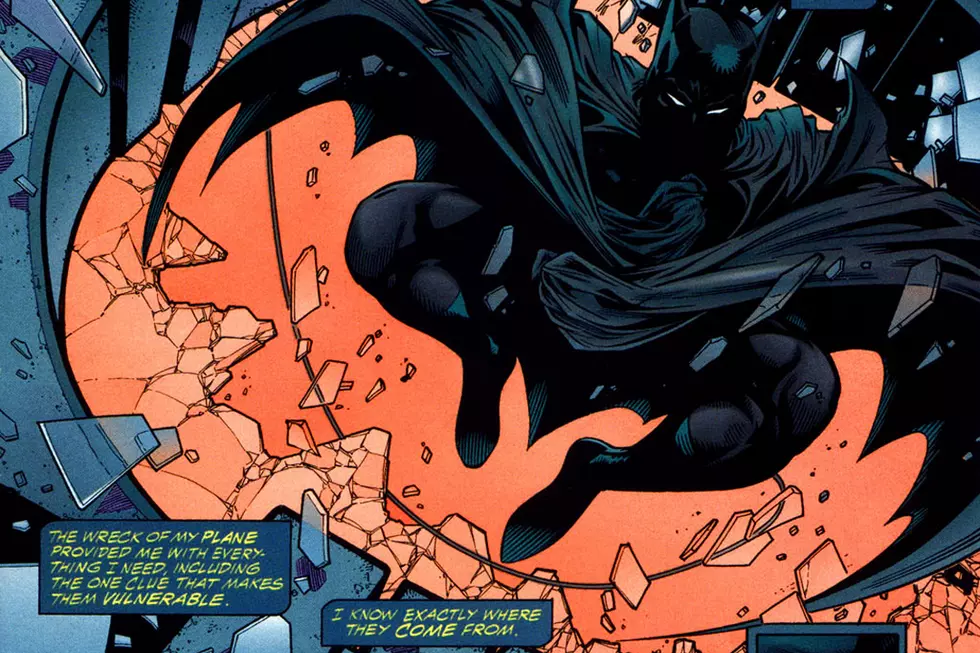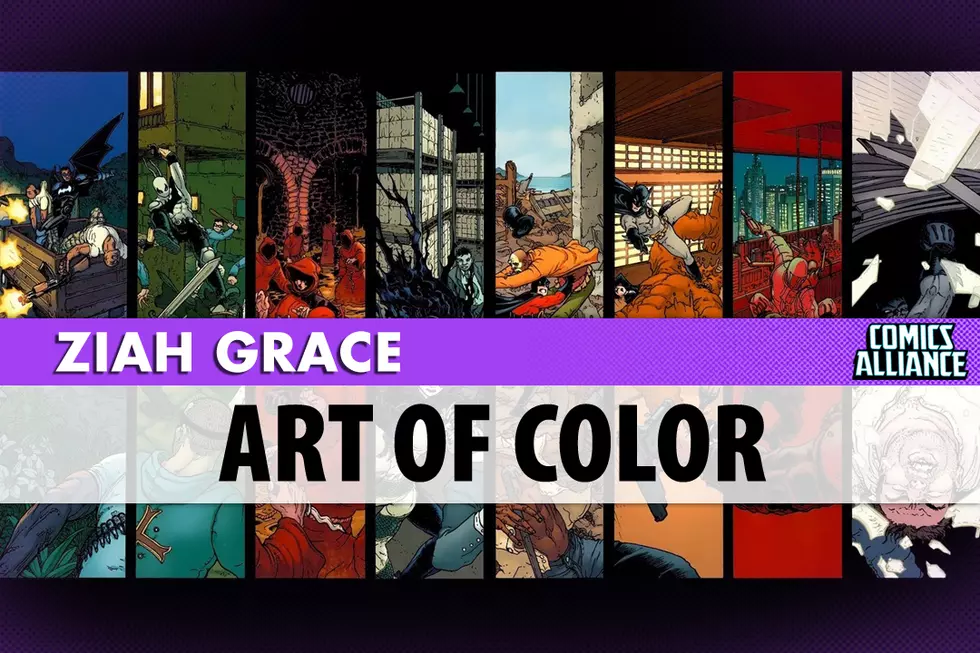
Cast Party: Casting A Grant Morrison 'Doom Patrol' Movie
Welcome to Cast Party, the feature that imagines a world with even more live action comic book adaptations than we currently have, and comes up with arguably the best casting suggestions you’re ever going to find for the movies and shows we wish could exist.
Back when I envisioned a movie about the Silver Age Doom Patrol, I promised a Grant Morrison-derived sequel, and that's what we're doing this week. Let's call this movie Doom Patrol: The Painting That Ate Paris, after the collected edition of the second arc by Morrison and Richard Case, which it's based on. We'll also include elements of the previous story, Crawling from the Wreckage, to show this bizarre version of the team coming together.









